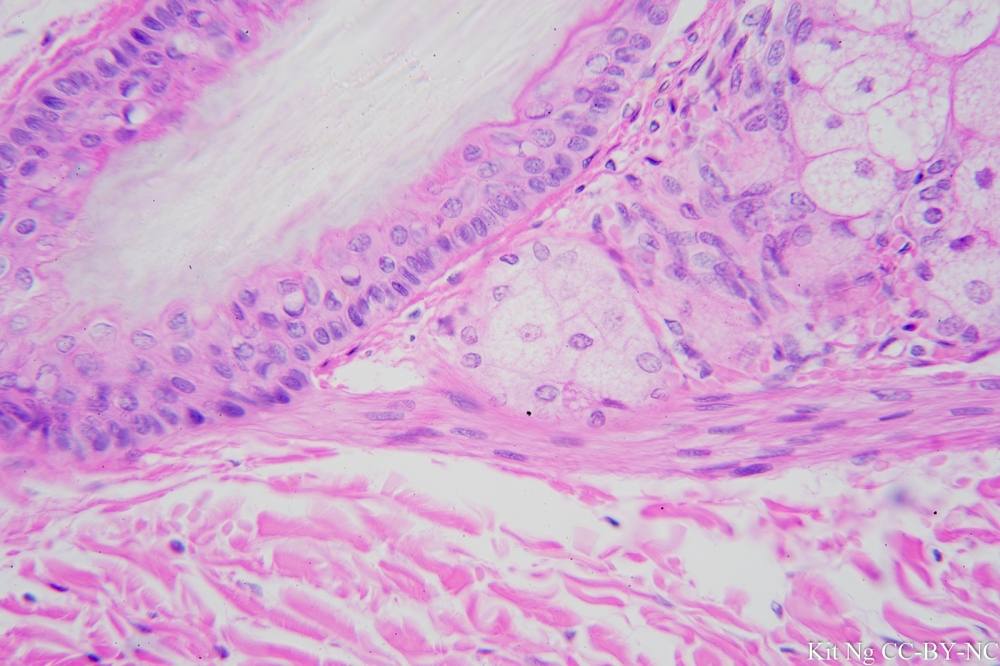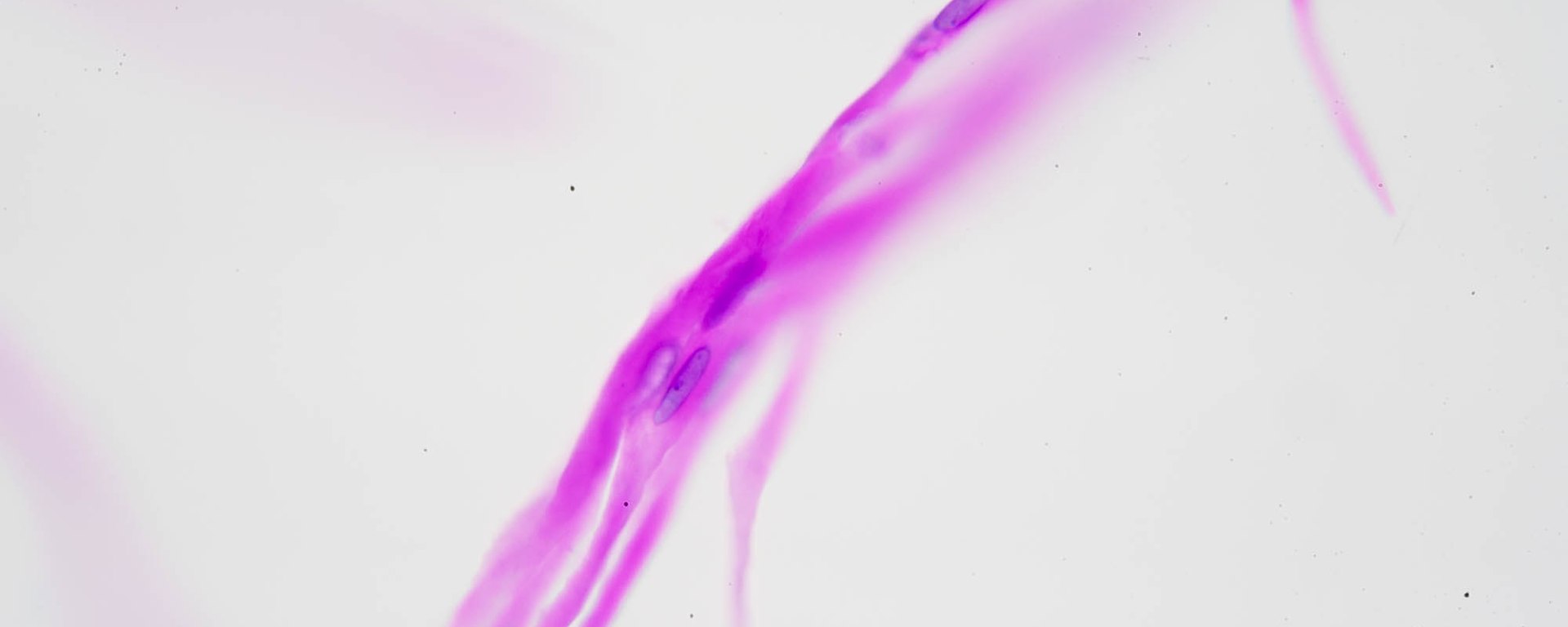Also known as non-striated muscle and can be found within the walls of large blood vessels (including aorta, arteries, arterioles and veins but in different amount), trachea, lower part of esophagus, intestines and arrector pili of skin. These are involuntary muscles and respond to substances such as sympathetic agonist or pacemaker activity such as the Interstitial Cells of Cajal in the intestine in order to produce constriction/dilation and contraction/relaxation.
Smooth muscles could be arranged in different orientations. For example in the intestine, there is an inner layer of circular layer and an outer layer of longitudinal layer.




